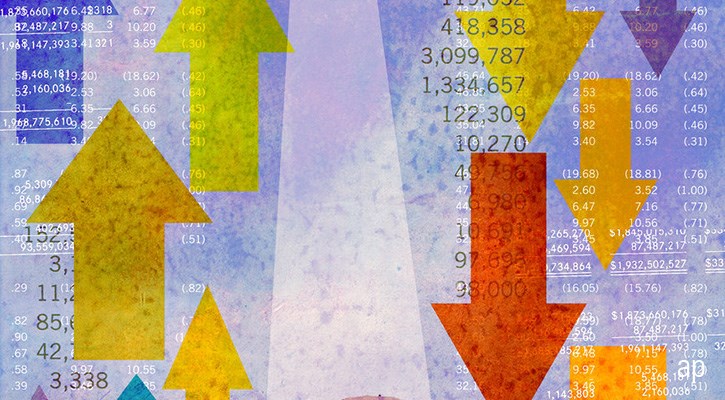Sunniva Kolostyak: Welcome to Morningstar. I'm Sunniva Kolostyak. We are here today to talk about active versus passive funds, and which makes more sense for investors. With me today is Monika Dutt from our passive research team. Monika, welcome to our physical studio.
Monika Dutt: It's great to be here. Thank you for having me.
SK: Of course. So, you and the team have been working quite hard on this report called the Active-Passive Barometer. Can you tell me what it is and the key takeaways from the report?
MD: Sure. So, maybe before we delve into the key takeaways, I can introduce the report. So, in this report, we aim to measure the performance of active funds against their passive peers in their Morningstar categories. And this is a big data study. So, we actually examined nearly 30,000 unique active and passive funds in EAA categories, so European, Asian and African categories. The funds account for approximately €10 trillion in assets and that represents around 75% of that particular fund market.
So, the central question that this report seeks to answer is, if you were to pick an active fund at random from a category, what are the odds that the fund will live and win, so survive over that investment period and also outperform its passive peers in that particular category. And what we found in terms of key takeaways is that over the short term there is a lot of volatility. But over the long term, patterns start to emerge. And what we've observed is that active management is a difficult game. Most active funds tend to underperform their passive counterparts in their respective Morningstar categories.
SK: So, essentially, passive funds are doing really well over the long term. So, for investors looking to invest in passive strategies, which categories should they be looking at?
MD: It's not surprising that it's really difficult for active managers to outperform a US large cap benchmark like the S&P 500. This is because the US equity market is highly efficient. So, any new information that is brought to surface, it's very quickly incorporated into stock prices. For this particular sleeve, we think that a low-cost and diversified passive option is really the default choice.
SK: Right. So, if we move onto active funds, you mentioned that managers are struggling to outperform, but there must be some areas and some categories where they have done well.
MD: Sure. So, one area where active managers have added value is the sterling corporate bond category. In this category, one concern that we have is survivorship rates because they are low. Over the past decade, we've observed that approximately 40% of active funds have either merged or liquidated. But say you selected a fund that was able to survive over the past decade, chances are, you've also selected a fund that was able to outperform its index peers. Interestingly, in every period we examined, the asset-weighted returns were higher for active funds compared to passive funds in the sterling corporate bond category. We're not disregarding passives in this particular area. We still have a conviction that a diversified and low-cost passive fund may outperform actives. But we've also observed that active managers may be able to add value via making sector calls.
SK: Right. So, for investors, it really depends on the category whether they should go with an active or a passive fund. But when they're making the choice between the two, are there any other factors that they should look at as well?
MD: Sure. So, there are two factors that we can take away from the report. The first one is to focus on fees. We've observed fees are a great predictor of a fund's future success. And secondly, to pick your spots. There are some areas where active managers have higher success rates compared to others. Today we covered two categories. In our paper, we cover nearly 70 categories. So, we're hoping that the active passive barometer can help our readers better pick those spots.
SK: Monika, thank you very much. For Morningstar, thank you for watching.





























